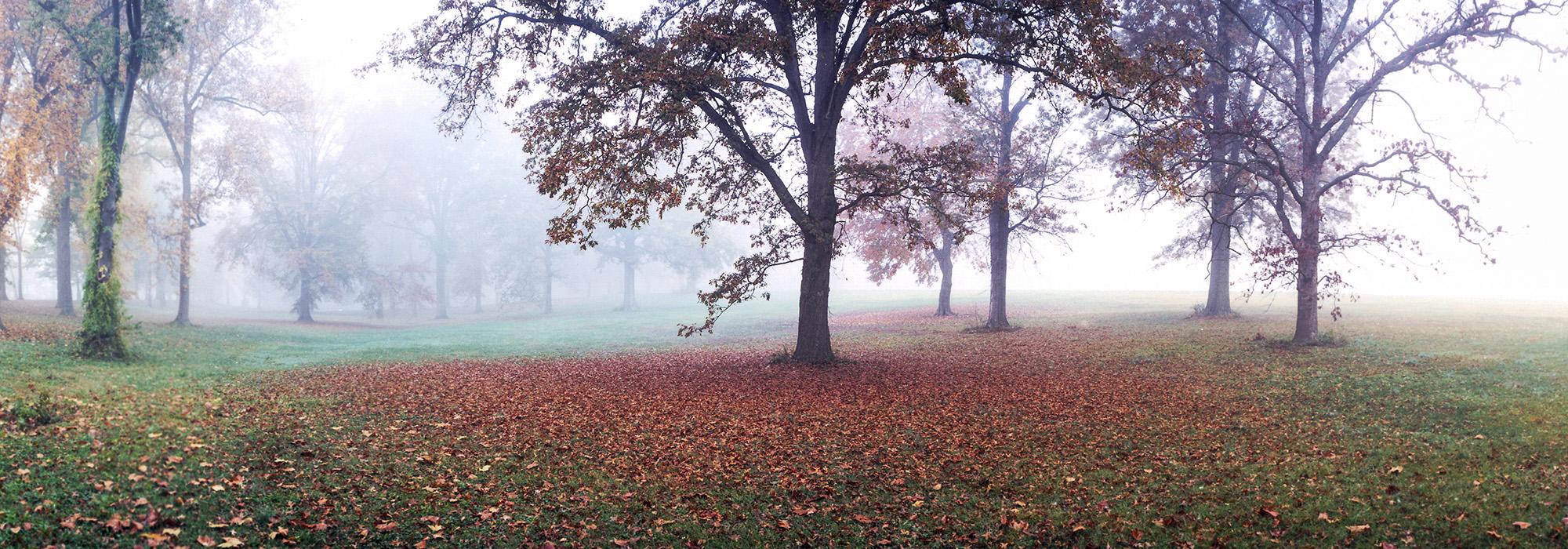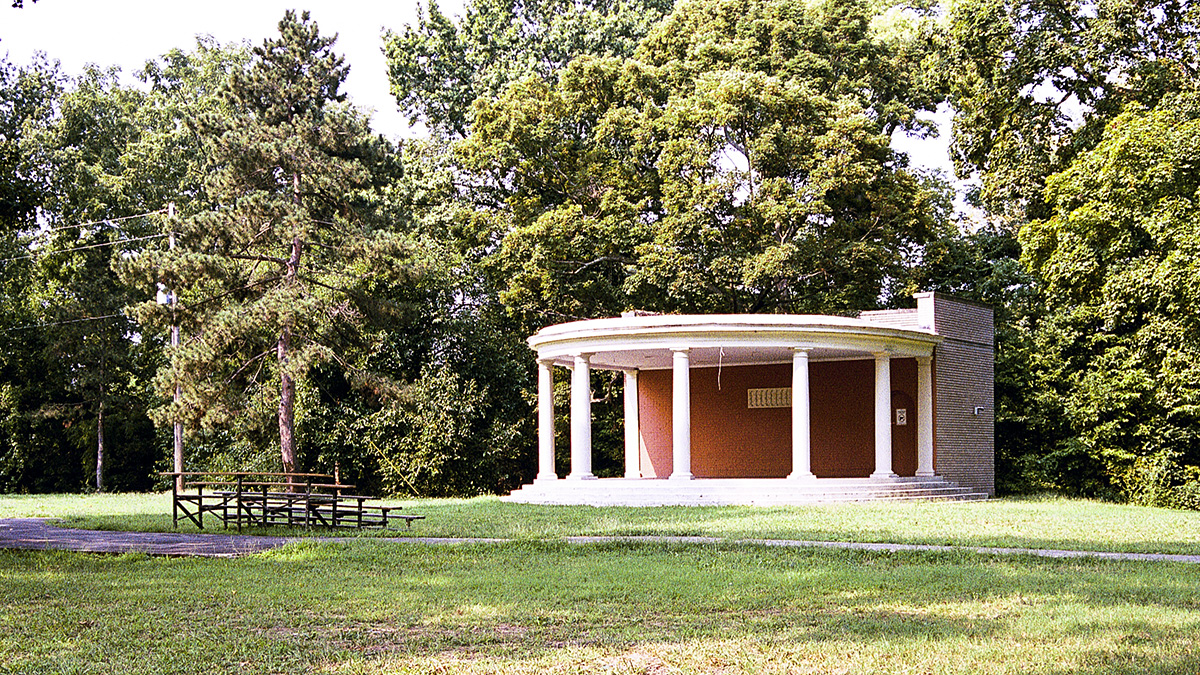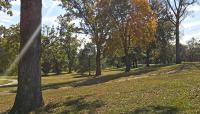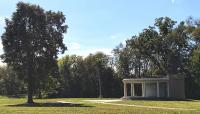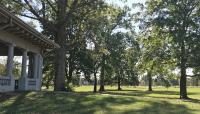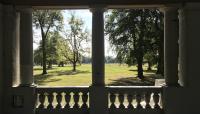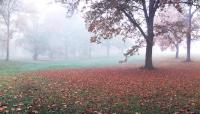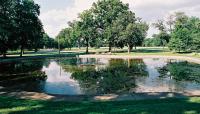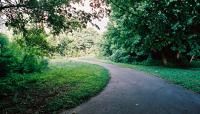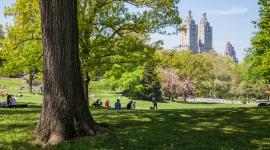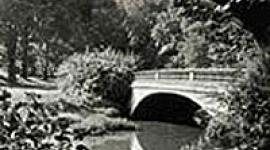Landscape Information
In 1891 Frederick Law Olmsted, Sr. addressed a small group of Louisville civic leaders known as the Salmagundi Club, pursuant to their invitation, to further their interest in establishing a park system. The resulting commission created a park system, one of five such systems in the country, and representing the last design of this type in Olmsted’s career. Anchoring this system were three large parks along the systems’ perimeter: Iroquois (to the south), Cherokee (to the east), and Shawnee (to the west). Two parkways, Northwestern and Southwestern, provided vehicular access to Shawnee Park.
Olmsted designed the 180-acre Shawnee Park, on a low-lying plain of river bottomland, with natural tiers sloping down to the Ohio River. The topography inspired a curving drive, with border planting encircling an expansive 35-acre greensward, known as the Great Lawn. This broad meadow provided the ideal open site for recreation, a primary intent for the park. River scenery being the central design focus, the drive featured five points from which to view the river, with trees planted to frame these views. In addition to promenades, beaches for swimming and a boat ramp for water access were developed. The park contained the only formal garden in Louisville’s system. The Pavilion, sited in the original plan, was not built until the 1920s and recently has been restored. In 1924, when the Parks Commission voted for segregation, Shawnee became white-only (until 1954) and Chickasaw Park was built to accommodate the African-American population. The floodwall built after the 1937 flood altered the character of Olmsted’s meadow landscape; re-grading work later mitigated this effect.
The Louisville park system was listed in the National Register of Historic Places in 1982.



